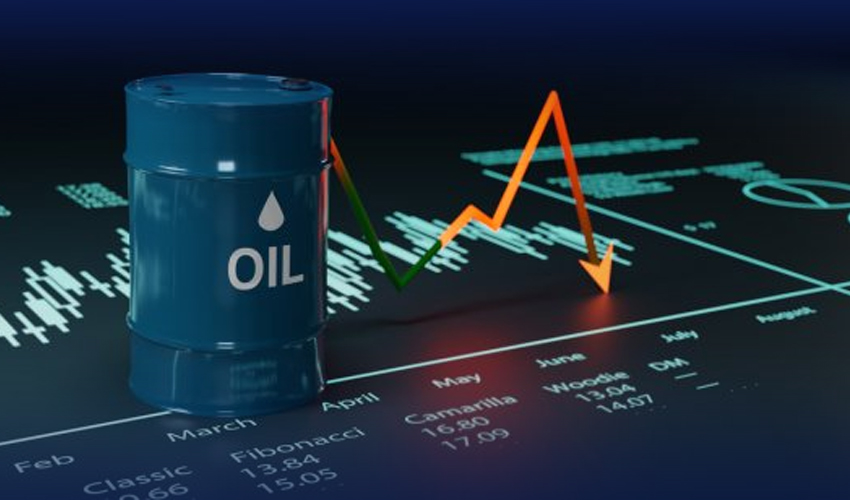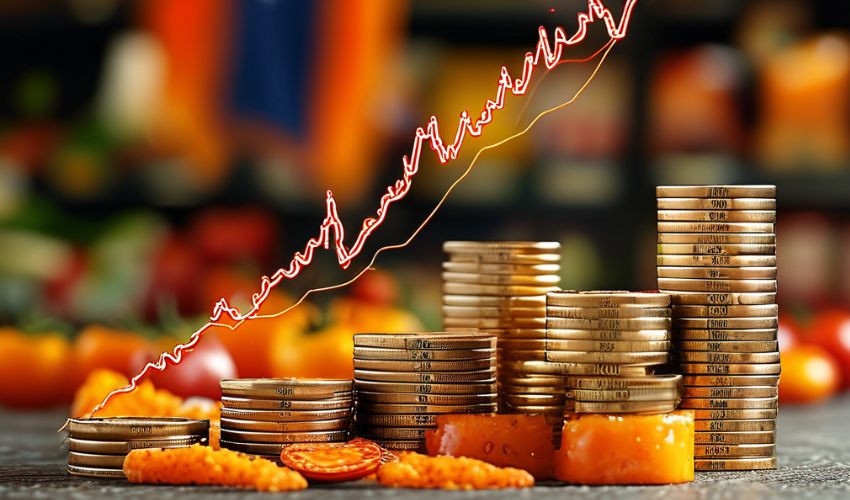Oil prices in Asian trading on Thursday extended their recent gains, driven by a larger-than-expected weekly decline in US crude inventories and optimistic demand forecasts following signals from the US Federal Reserve indicating lower borrowing costs in 2024.
Brent futures saw an increase of 23 cents, or 0.31%, reaching $74.49 per barrel by 0345 GMT. Concurrently, US West Texas Intermediate (WTI) crude experienced a rise of 11 cents, or 0.16%, settling at $69.58 a barrel.
The market's upward momentum in the previous session was influenced by concerns over the security of Middle East oil supplies after a Red Sea tanker attack.
According to CMC Markets' analyst Tina Teng, crude oil prices rebounded ahead of the Fed meeting, and the subsequent signals from the Fed further contributed to the increase.
Lower interest rates, as suggested, can reduce consumer borrowing costs, potentially stimulating economic growth and increasing demand for oil.
Additionally, the news resulted in a three-session decline of the dollar to a four-month low, making oil more affordable for foreign buyers.
A significant factor driving the price surge was a more substantial than anticipated draw from US crude inventories, as reported by the US Energy Information Administration (EIA).
Energy firms withdrew 4.3 million barrels of crude during the week ending December 8, a higher withdrawal than expected, attributed to a decrease in imports.
Market sentiment was also positively influenced by diminishing concerns about demand growth.
The Organization of the Petroleum Exporting Countries (OPEC) dismissed worries about oil demand growth in its latest monthly report, attributing the recent crude price slide to "exaggerated concerns."
Brent futures had experienced a 10% decline since OPEC+ announced new production cuts on November 30.
While the overall market outlook was optimistic, some analysts cautioned about rising fuel inventories in the United States for the week, indicating a decrease in winter demand.
ANZ analysts Brian Martin and Daniel Hynes highlighted the increase in gasoline and distillate inventories, tempering the market's overall upside.



























